5 facts about Sergei Eisenstein that prove he was a genius
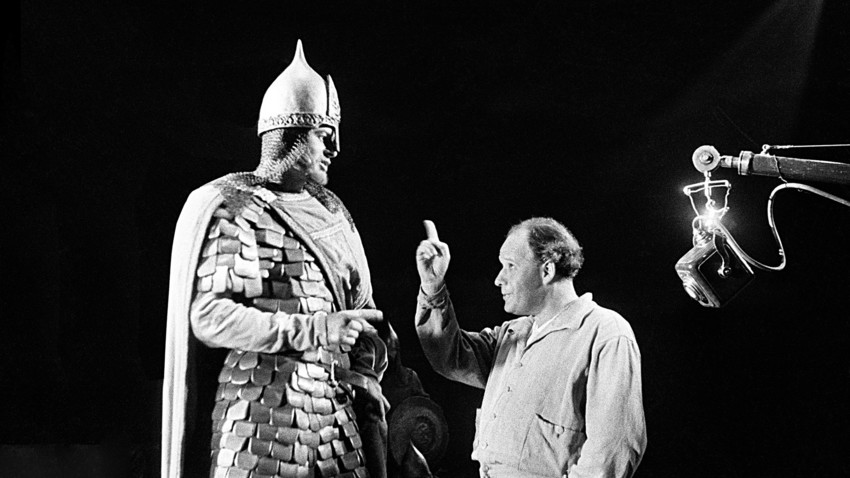
Actor Nikolai Cherkasov and director Sergei Eisenstein at the shooting of the film "Alexander Nevsky." Moscow, 1938.
Anatoliy Garanin/SputnikSergei Eisenstein’s silent movies about the 1917 Russian Revolution brought him worldwide recognition. Born on Jan. 22, 1898 in Riga (then part of the Russian Empire), the famous Soviet cinema director and scriptwriter was praised as the pioneer of cinema. Here are five reasons why.
1. ‘Battleship Potemkin’ called one of the best movies ever
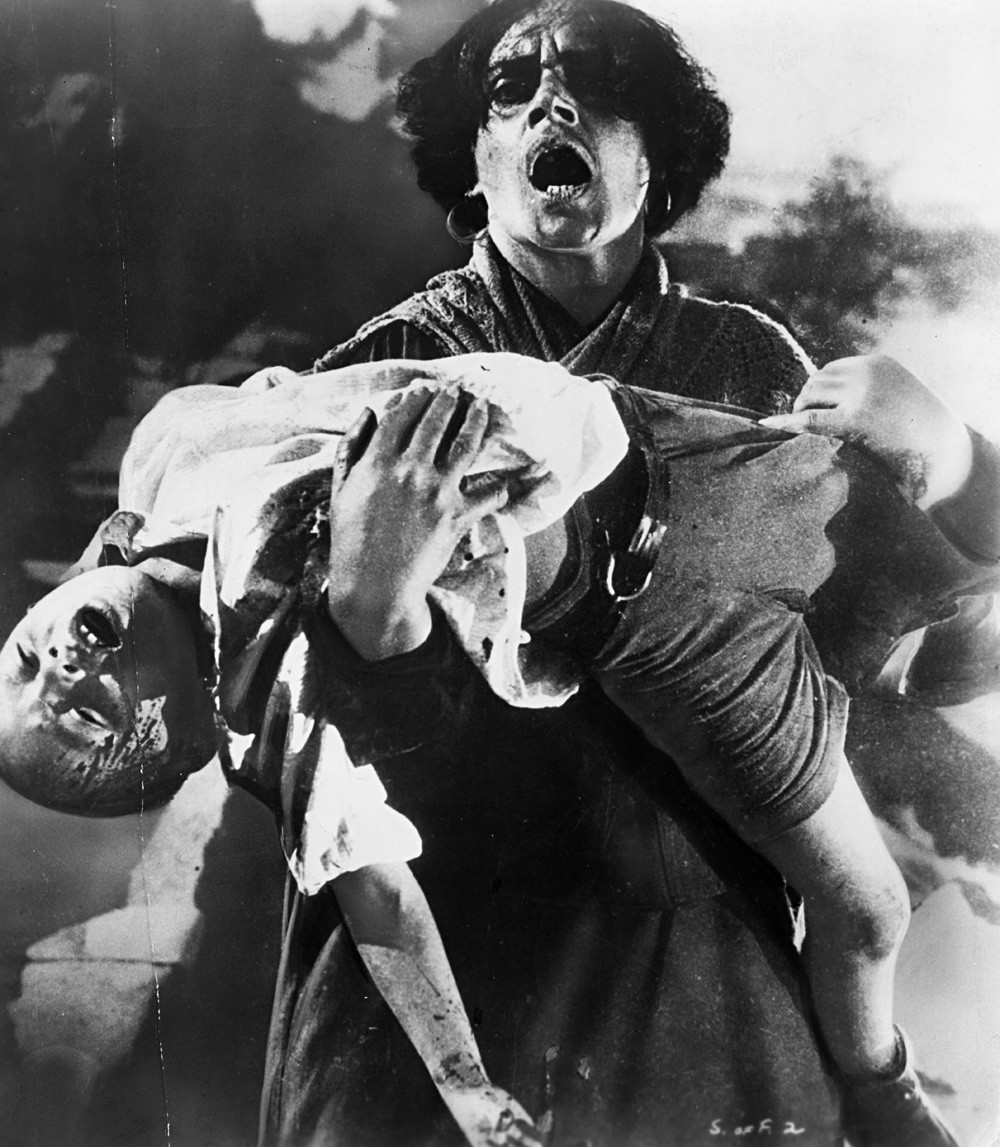
Battleship Potemkin' (1925), the famous scene where tsarist soldiers fire on demonstrators on the Odessa steps.
Getty ImagesEisenstein’s
The movie was the second part of Eisenstein’s “revolutionary trilogy,” in between The Strike and October.
2. Eisenstein was ‘The Father of Montage’
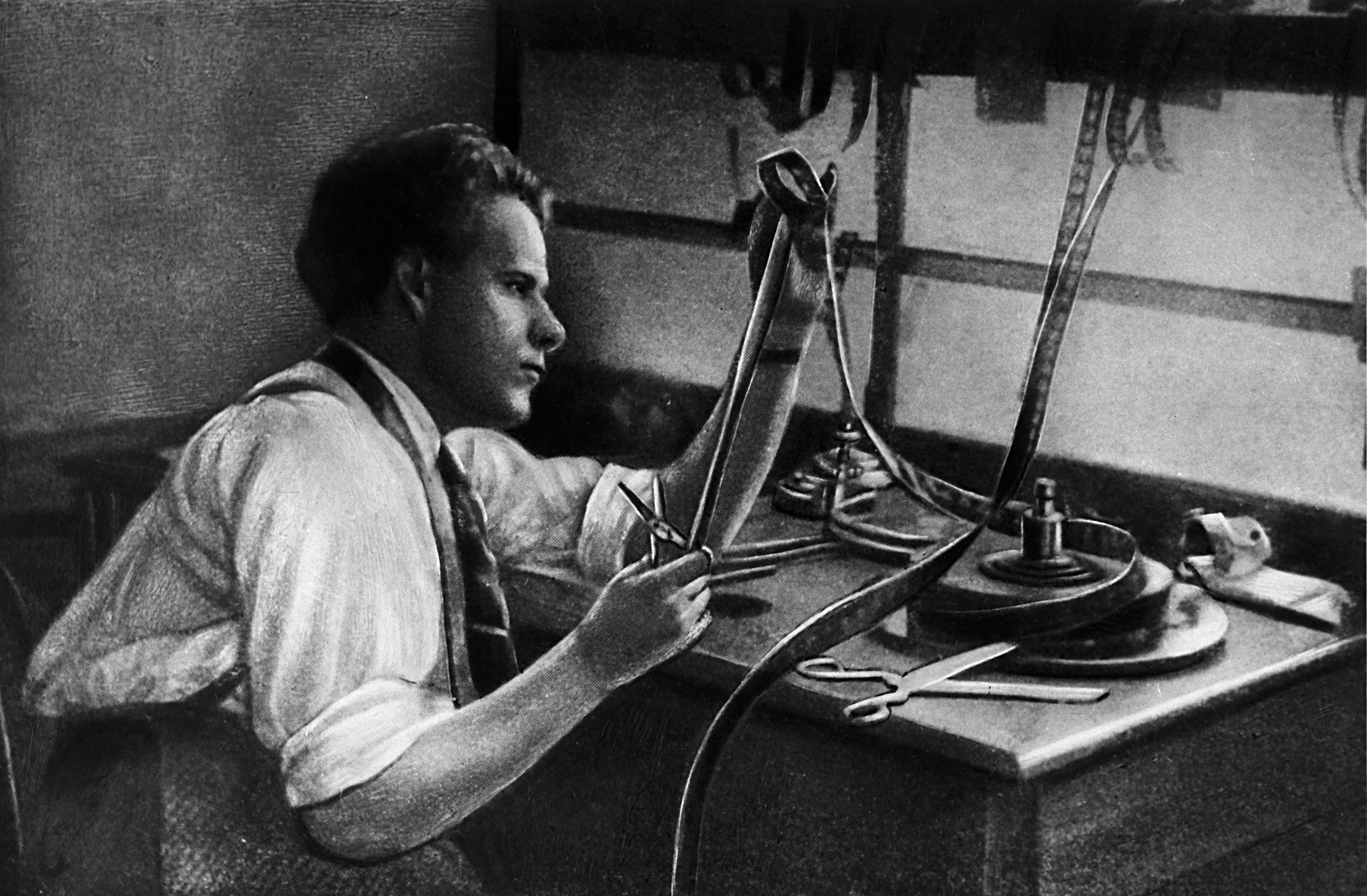
Sergei Eisenstein at the cutting table.1925. Reproduction.
SputnikEisenstein is known as the inventor of the “intellectual montage” and “montage of attractions.” Using his special technique of film editing, he portrayed the rapid development of events on screen. He separated each scene into fragments before rearranging them into his preferred order.
3. Stalin refused to accept Eisenstein’s sequel of ‘Ivan the Terrible’
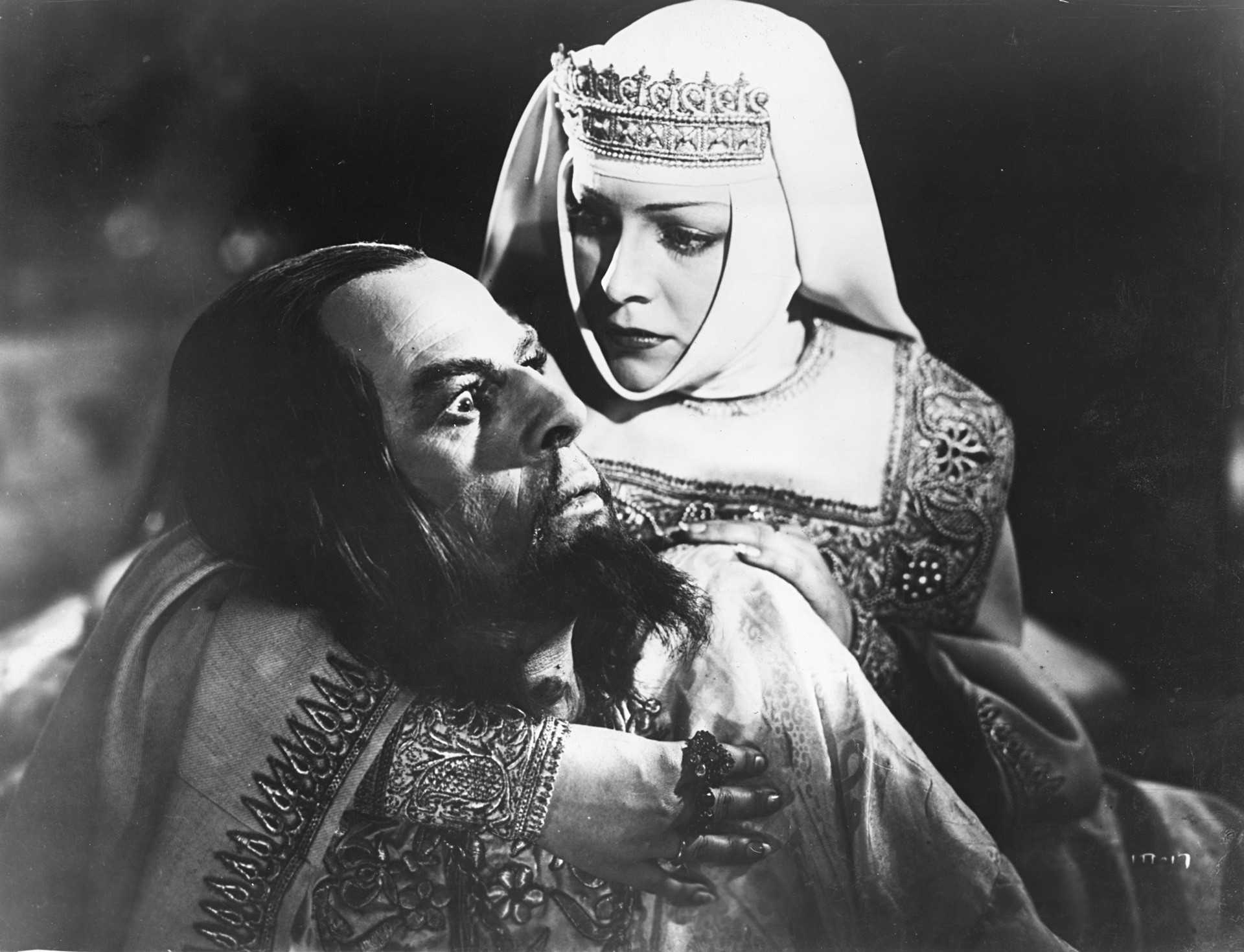
The scene from 'Ivan the Terrible' (1944).
Getty ImagesEisenstein’s last project, Ivan the Terrible (1944), was made at Joseph Stalin’s request and should have been part of a trilogy. The film director received the most prestigious state prize for the first part but was harshly criticized by Stalin for the second. “It’s a disgusting thing!” Stalin said at a Communist Party leadership meeting in August 1946. The film starts off with the early part of Ivan’s reign, the period before the ruler became “terrible.” The second part, however, shows growing opposition from the boyars and deals with the most controversial episodes of Ivan’s reign – the oprichnina campaign against the nobles. Stalin saw Ivan’s guard regiments (oprichniks), which were formed to fight his opponents, as a “progressive army.”
“You depict oprichniks as the Ku Klux Klan,” complained Stalin. The movie was revised and was only shown on screen in 1958 after the director’s death. The third part exists only in drafts: One of its scenes was shown in 1988.
4. Eisenstein could have worked in Hollywood
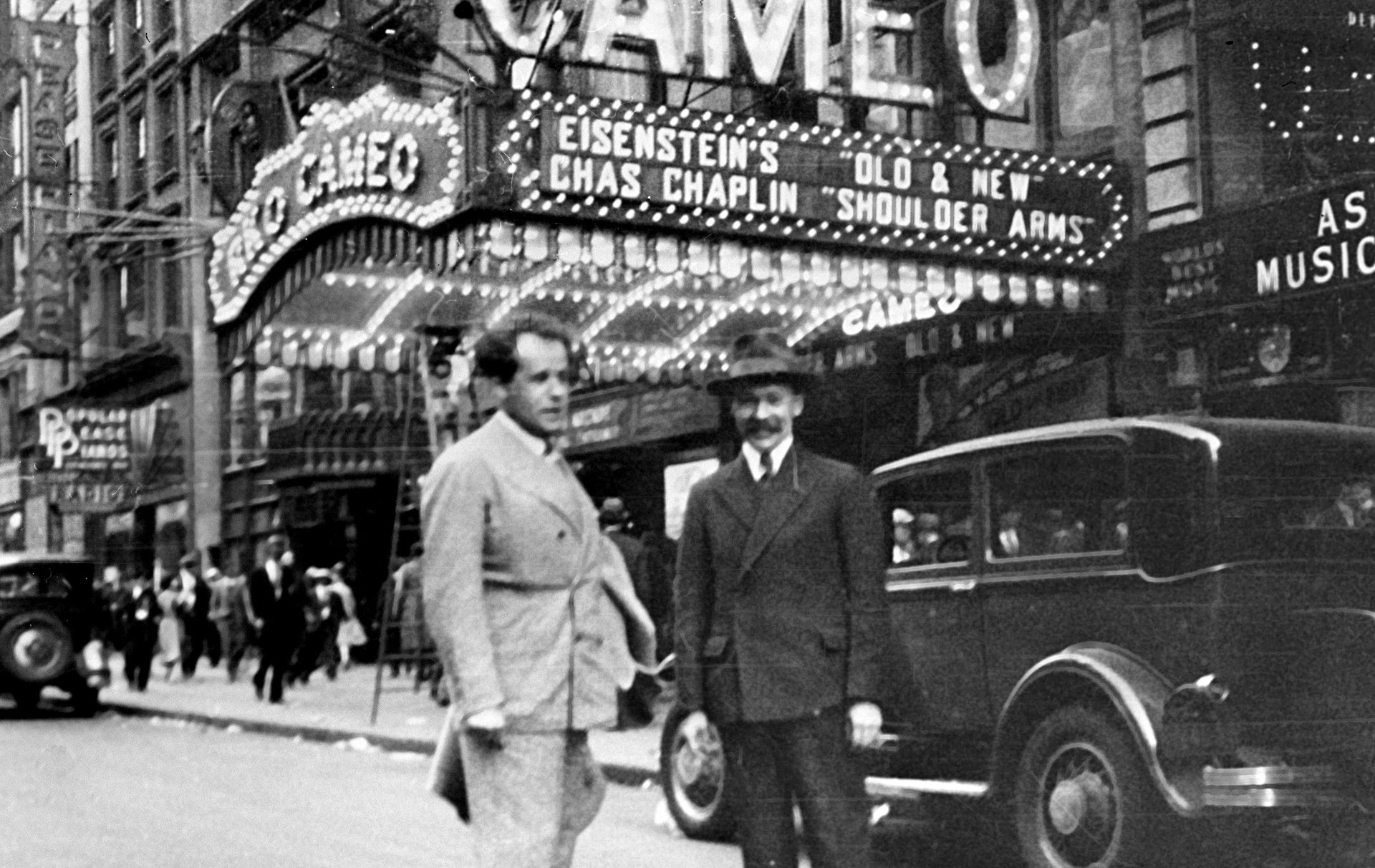
Sergei Eisenstein in New York, 1930.
SputnikIn December 1930, the director moved to Mexico to shoot ¡Que viva México! about the history and everyday life of the country. The movie was not finished during Eisenstein’s lifetime but was completed by Alexandrov and shown in 1979.
5. He died on the brink of colored cinema
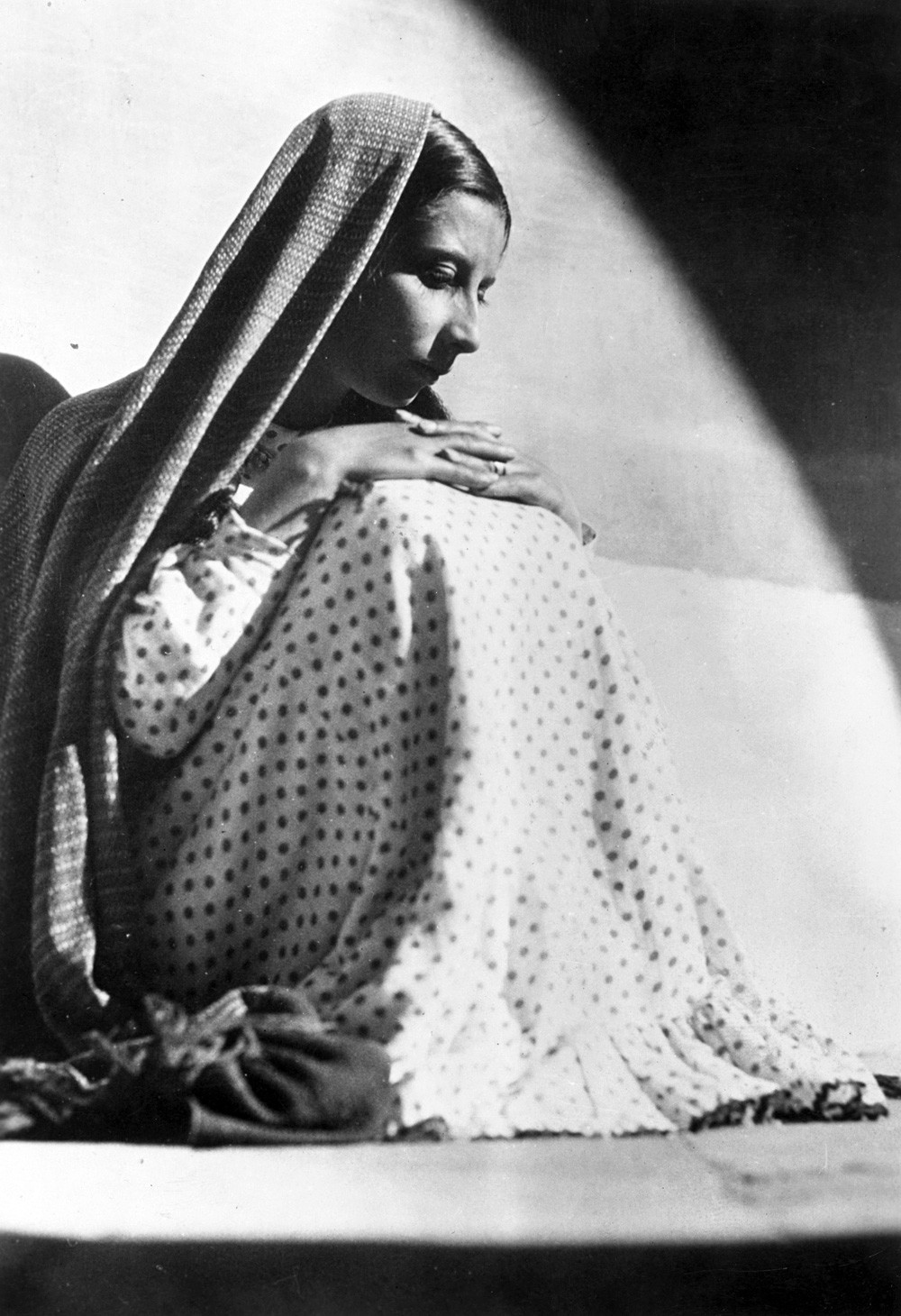
A scene from 'Thunder Over Mexico' (1933).
Getty ImagesEisenstein used to experiment with color in cinema and tried to colorize frames and even some scenes of his movies. He died on Feb.11, 1948 before color made its mark on cinema - however, he was working on an article at the time entitled: “Colored cinema.”
Do you know how Charlie Chaplin inspired Grigory Alexandrov to make a movie about the Volga River? Read this story!
If using any of Russia Beyond's content, partly or in full, always provide an active hyperlink to the original material.
Subscribe
to our newsletter!
Get the week's best stories straight to your inbox